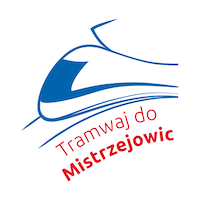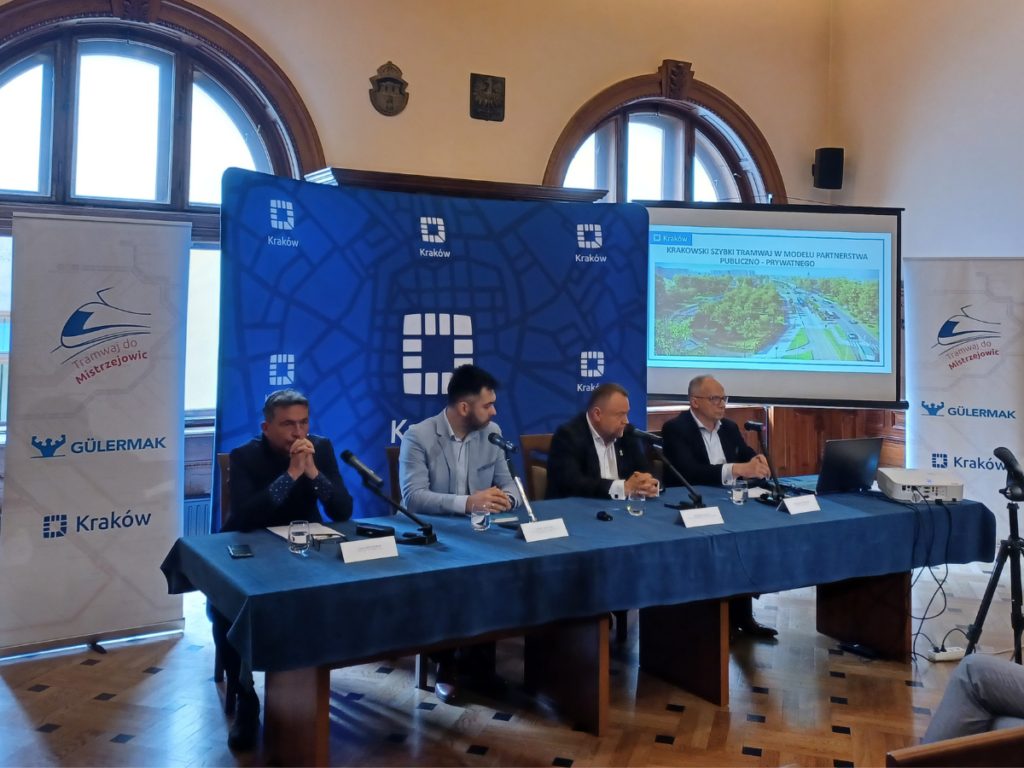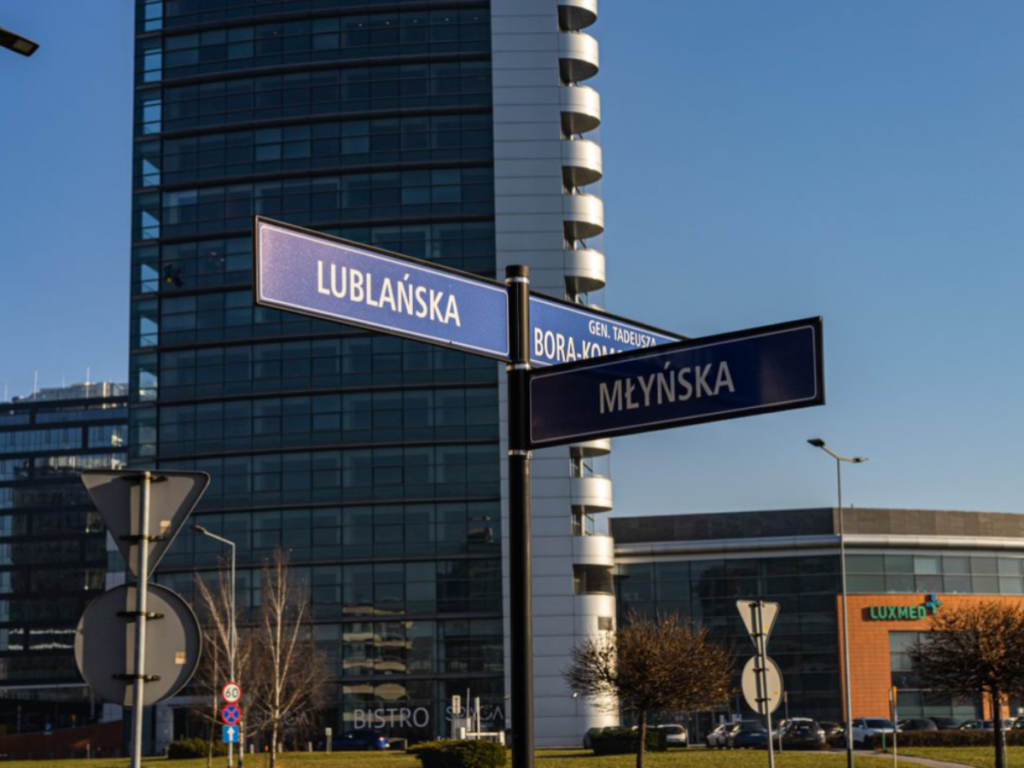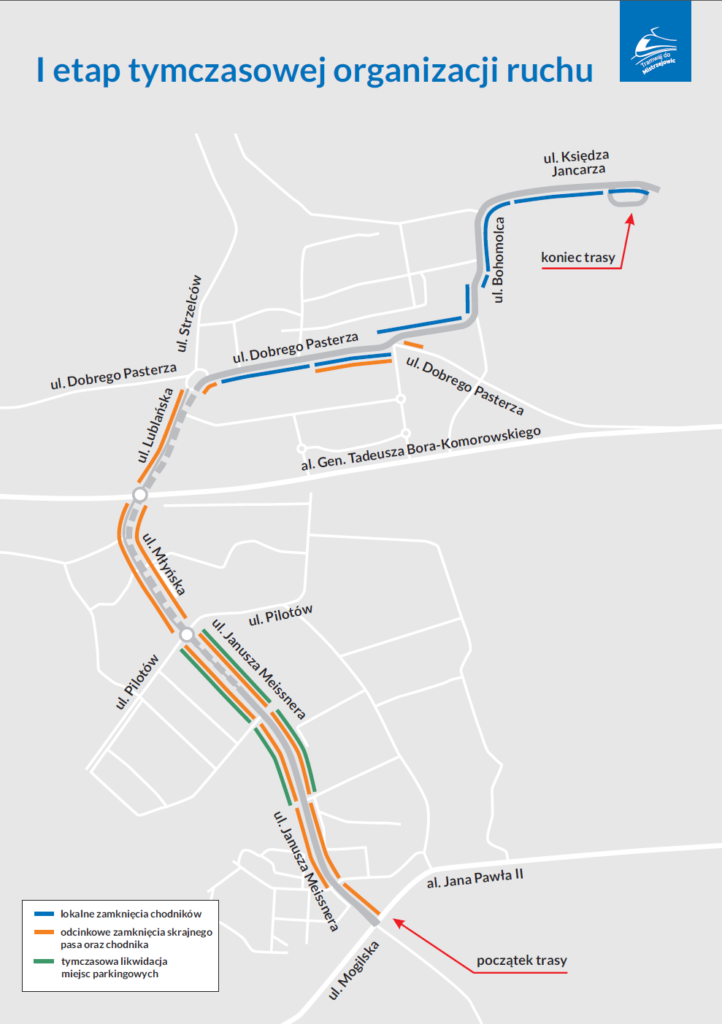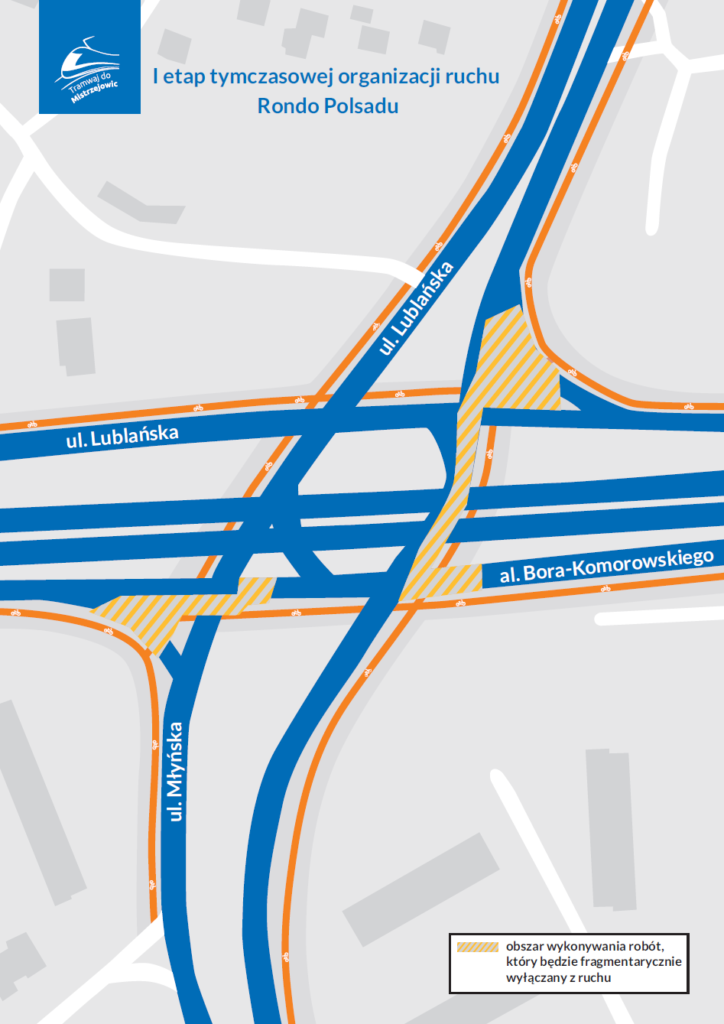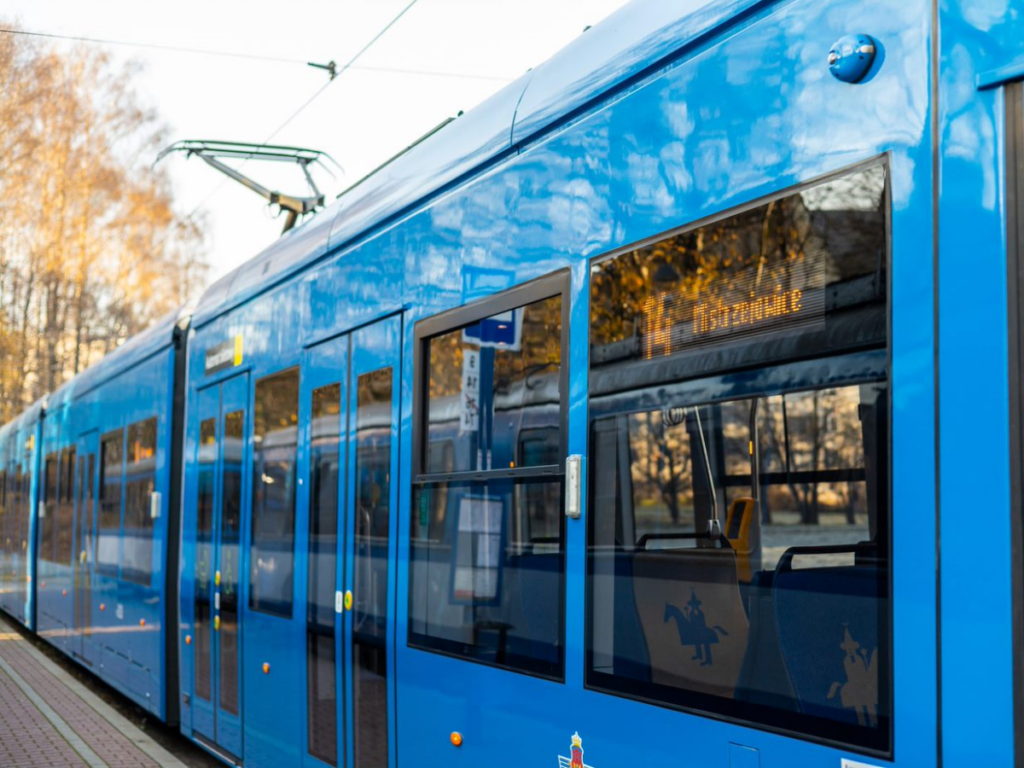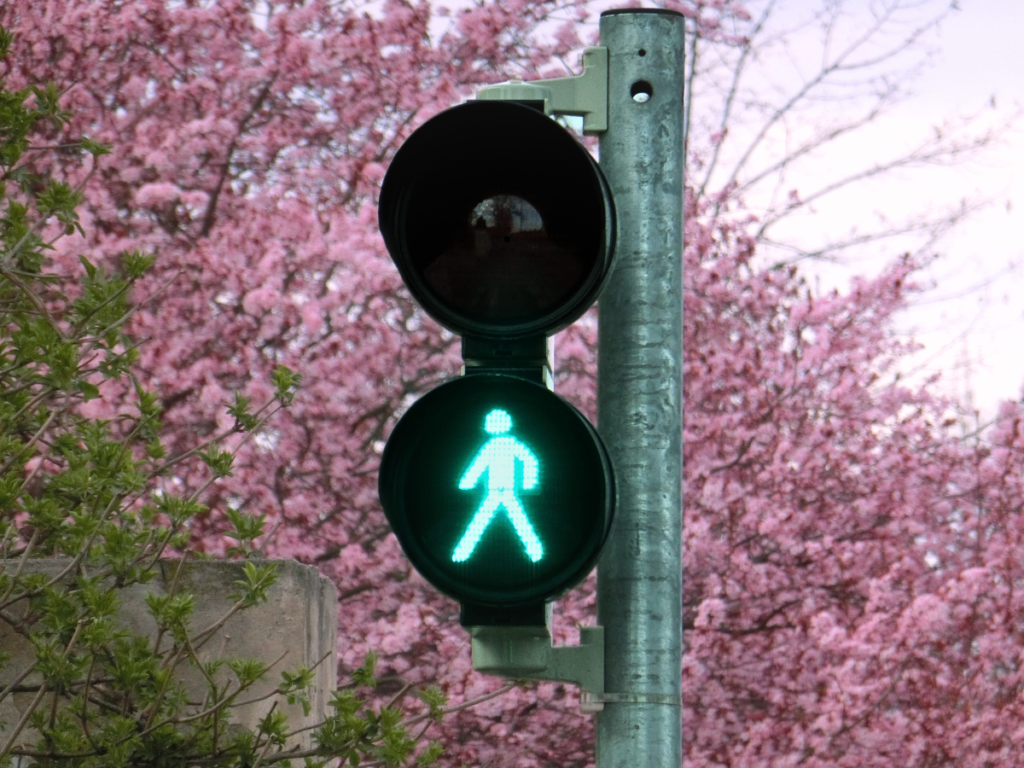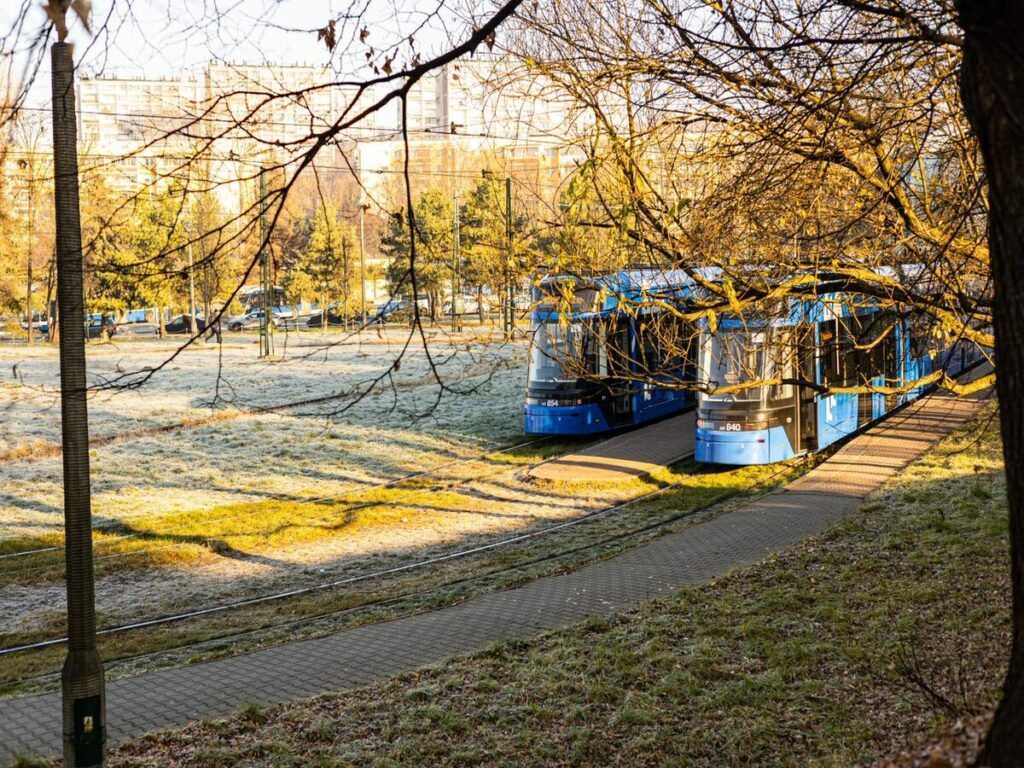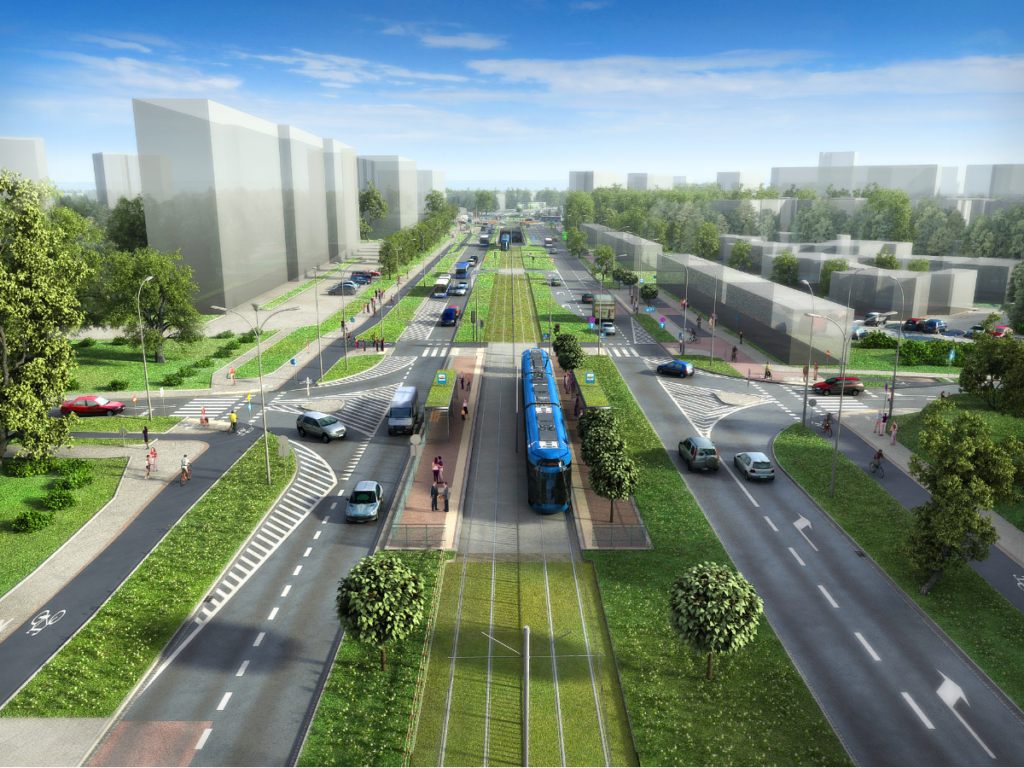There is a green light to begin work on the construction of the tram route to Mistrzejowice. Following the handover of land by the Kraków City Roads Authority, the Private Partner will begin organizing the construction site and preparatory work. According to the current schedule, the new infrastructure will be ready by the end of 2025.
The project for a tram route to Mistrzejowice received permission for a road investment project (ZRID) on 9 May 2023. – Obtaining the ZRID is a milestone that will enable us to begin construction of the tram route. Like the residents, we have been waiting for this moment for a long time,” says Krzysztof Dziobek, contract director from Gülermak.
Changes to benefit users
Due to residents’ demands, the Public Entity recommended that the Private Partner make modifications to the original design. These resulted in, among other things, a reduction in noise intensity and the number of noise barriers. This was achieved by reducing the cross-section of Meissnera Street, which allowed additional space for green areas and plantings. In addition, thanks to the contractor’s commitment, it was possible to preserve an additional 200 trees that interfered with the planned infrastructure.
Earlier, the designers of the streetcar line extended the underground route under the Polsadu Roundabout and the Młyńskie Roundabout to more than 1.2 kilometers, and adapted it to serve the future “pre-metro”. The collision-free routing of the tramway at level -1 is important not only from the point of view of traffic organization at intersections, but also contributes to reducing inconvenience for residents. – The road to approval was bumpy, but the changes made took into account the needs of the local community and helped increase the benefits for all stakeholders,” Krzysztof Dziobek concludes.
In parallel with the design work, the Private Partner conducted negotiations to obtain financing for the construction and maintenance of the streetcar line for 20 years. The direct agreement signed in January by representatives of the parties to the project (Private Partner, Public Entity) and the financing institutions: European Investment Bank, European Bank for Reconstruction and Development, Bank Pekao SA and the Polish Development Fund confirmed that the project meets the highest international standards.
Resident-friendly public transportation
Thanks to this investment, travel time from the northern part of Kraków to the center will be reduced by about 12 minutes, which will certainly improve the attractiveness of public transportation for residents. As a result, the projected car traffic on this route will be reduced. In addition, the safety of pedestrians and cyclists will be improved thanks to the adaptation of sidewalks and bicycle paths to current regulations. New plantings will appear along the entire route, and tree and shrub species will be specially selected for the demanding urban conditions. The project also includes the use of environmentally friendly technologies, such as energy-efficient LED lighting, track lubricators, “green stops” and “green track” using sedum mats.
First, the preparatory work
The start of the first works depends on the handover of the site by the Public Entity, which should take place in the coming weeks. After taking over the site, the Private Partner will proceed with the necessary preparatory work, which will take about 3 months. During this time, there may be local, short-term changes in traffic organization, of which residents will be informed in advance. In the next stage, work will begin on reconstruction of underground network collisions.
– In Kraków, we look at infrastructure projects in the long term. On the timeline, the implementation of the construction and the difficulties associated with it are only a prelude to a completely new stage of functioning of the revitalized areas. Although difficult, it is temporary and leads to a real change in the quality of life in the city,” says Jacek Majchrowski, Mayor of Kraków.
